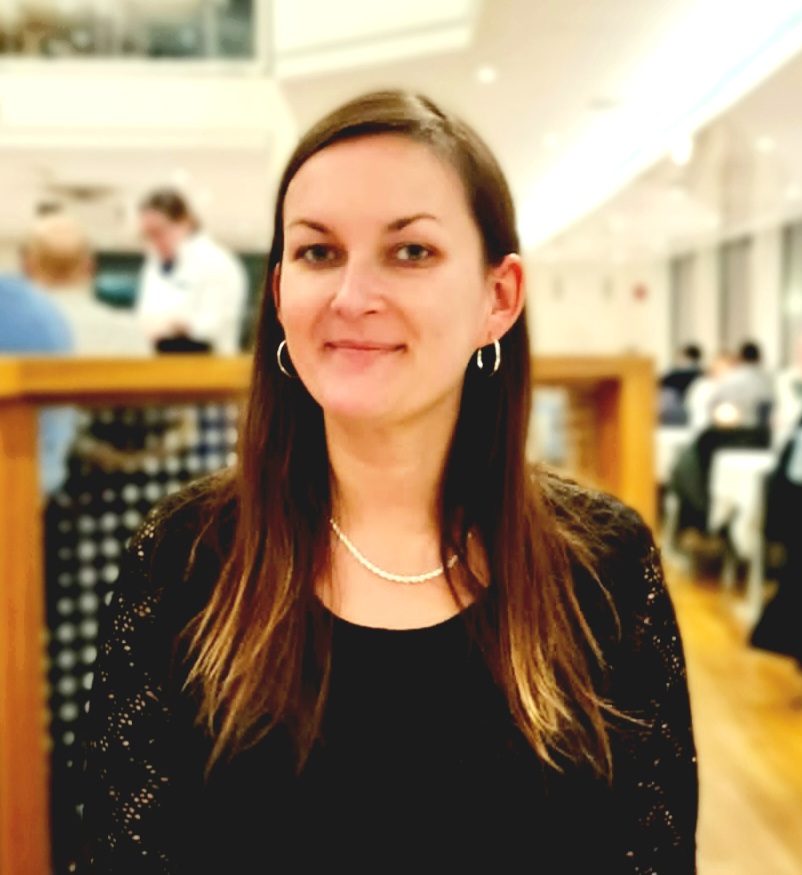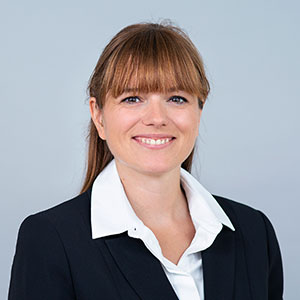Author: Adi Muslic, PMP, VP Sponsors and Partners

PMI community matters!
I am proud to share that our Martin Haerri has been named PMI® Eric Jenett Person of the Year Award winner! The PMI® Eric Jenett Person of the Year Award recognizes and honors individuals who have made outstanding contributions to the project management profession or its practice through leadership, technical project management, and strategic and business management acumen.

There are certainly many PMI volunteers which have served their chapter over a long time, and in many different functions. What distinguishes Martin is that he created in 2010 the “Swiss Corporate Networking Group” (SCNG) which is unique in the PMI landscape. Since then, 36 meetings have taken place so it can certainly be called a long-lasting success.
These meetings are a great format to bring organizations (companies and academia), PMI and the Chapter together:
- Over the course of the years, 32 organizations have been members of the SCNG, the current count is 1 university and 20 companies (e.g. Nestlé, Procter & Gamble, Holcim, UBS, Swiss Re, IBM, Schindler, Syngenta).
- The topics are defined by the SCNG members by majority vote, so they are always what companies in Switzerland are interested in, such as “Benefits Management”, “Scaling Agile”, “Artificial Intelligence in Project Management”, “Organizational Transformation”, etc.
- The speakers are usually coming from the SCNG members, and it is quite amazing how openly the members share their expertise.
- The meetings are always hosted by a member organization, which means that there is no cost for the chapter. Sometimes senior managers from the hosting company attend, and at the last event the participants were even welcomed by the CEO. This has the great side-effect that the topic of project management gets visibility at a high level of the hierarchy in the hosting organization.
Artificial Intelligence (AI) Survey
The survey started 1st of June and ended on 30th September. The survey has targeted PMI members, people working in projects and the project management community, in roles that will be impacted by the implementation of AI in project management.
The survey has been Chapter led including 31 project managers representing 25 Chapters in 23 countries.

In phase 2 the cross-chapter team is performing data and market analysis, writing the report and marketing the report.
The mission is for the PMI Chapters around the world to find out where the members are on the AI technology adoption life cycle and in this way build a strategy on the best way to support the members on their AI transformation journey.
Social Impact & Youth initiatives
Our sustainability champion, Mariia Borsuk will be presenting at the PMI Sustainability Summit 2023, another cross-chapter initiative supported by our team.
In collaboration with Bevel ON we are delivering a project management foundation training in November for over 80 displaced professionals living abroad.
We are preparing a number of new initiatives. Why don't you join us?
All our exciting projects depend on our volunteers and the limited budget coming from the chapter membership and our sponsors.
We are looking for sponsors who would like to support our community. Every little bit helps.
Adi Muslic
VP Sponsors & Partners







